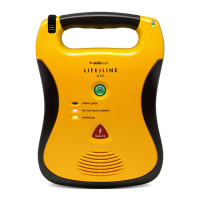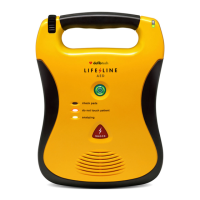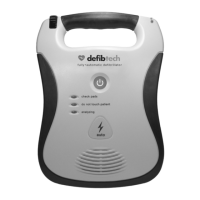What to do if Defibtech DDU-100 says 'Replace memory card'?
- AAmanda ReynoldsSep 23, 2025
If your Defibtech Medical Equipment unit says “Replace memory card”, it could be because the DDC card is full (replace the DDC card with a card that is not full) or the DDC has failed (replace the DDC card).



